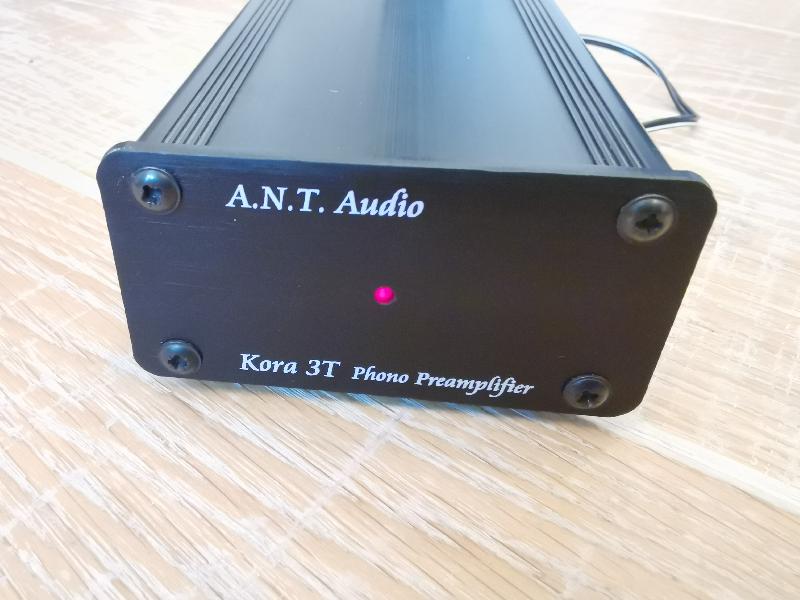In 2014, this loudspeaker appears to be a very drab, uninteresting, and insignificant loudspeaker, but in 1995, it was hailed as the future of inexpensive hi-fi. Why? The Coda 7 was at the forefront of a new generation of speakers that drew a clear line between the ageing budget boxes of the 1980s and the modern ones to come. It sounded significantly more refined than previous Codas, as well as its main commercial competitor, the Mission 760i.
It, like the Mission, had a plastic-molded front baffle, which was unusual at the time and gave the 7 a unique appearance. Unlike the Mission, the front baffle was soft, curved, and swoopy, giving it a modern flair. It may appear boring and anodyne now, but it was considered cutting edge at the time, similar to mid-nineties sports vehicles.
It was at the top of the British sales charts within months of its release. This wasn’t just because of the edgy design, but also because of the remarkably sleek sound for the price. Budget speakers were typically crude or even terrible sounding devices at the time, but KEF seemed to have a bit more delicacy. It was notable for its use of a 25mm fabric dome tweeter; this wasn’t particularly noteworthy in and of itself; it only went against the trend of fairly unattractive metal domes that had dominated cheap speakers for the previous five years or so. It also went cleanly up to a stated 20kHz (-3dB) frequency.
The 300x180x235mm box was tiny enough to fit into the mini-speaker category, but large enough to outperform other competitors, allowing it to achieve an extraordinarily high sensitivity figure of 91dB (1W/1m). It possessed surprisingly deep bass for its size, with a reported frequency range of 48kHz at -3dB. The Coda 7 was a demanding load because of this and its high sensitivity; although being nominally 6 ohms, you’d need a punchy transistor amp like an Audiolab 8000a to drive it. A Cambridge Audio Azur 651A would be excellent these days.
It wasn’t built of granite, despite its exquisite appearance, and weighed only 3.3 kilograms. The KEF Coda 7 had a very resonant cabinet, but it nevertheless performed admirably, with a pleasantly warm and smooth sound. It was a great combination because many inexpensive CD players at the time were somewhat coarse. In general, the KEF sounded open and expansive, with a melodic and prolonged tone. Its 135mm B130 mid/bass unit blended flawlessly with the tweeter to create a sophisticated £130 box, though it’s a little low on detail and hazy by today’s standards.
Coda 7s can be had for little these days — a good pair will set you back £30. They’re perfect as speakers for a second system, sounding shockingly modern while still possessing a seductive quality that you won’t get in many recent entry-level boxes. Oh, and around 2025, they’ll start to look wonderfully ‘period,’ and prices will skyrocket as the Britpop generation tries to relive magical memories with their vintage Oasis CDs!





